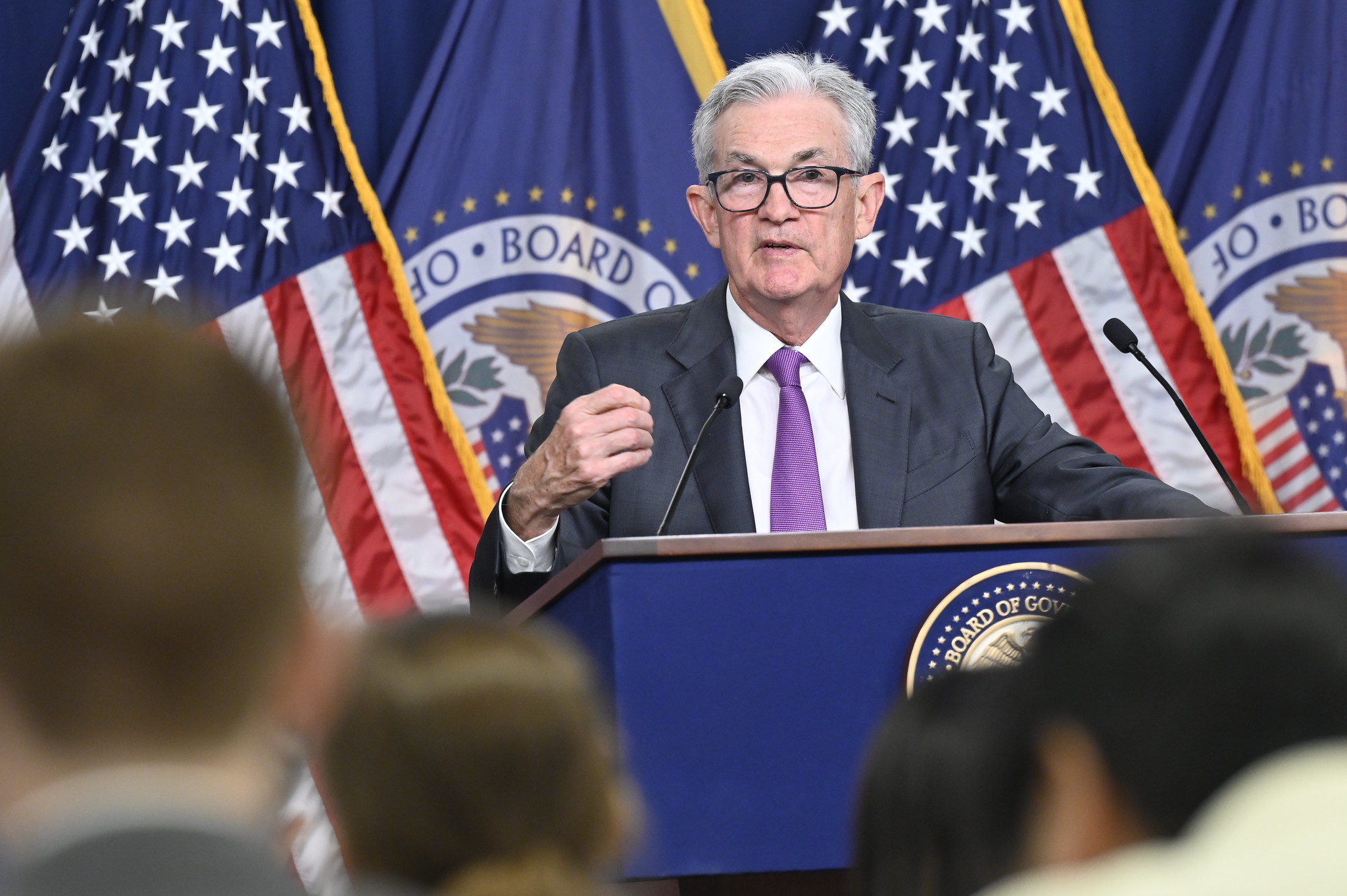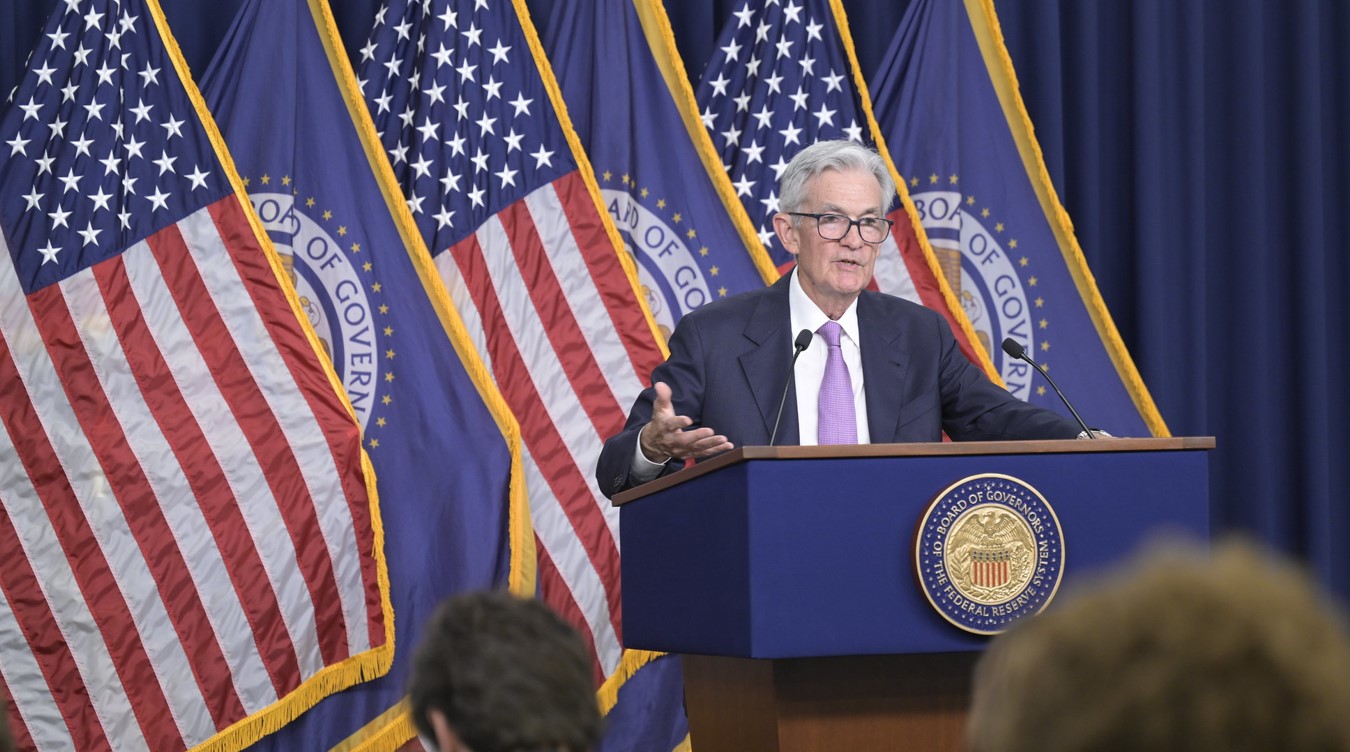Although all eyes are on the vote count in the U.S. to confirm Donald Trump’s victory, the market faces a relevant event between today and tomorrow: a new Fed meeting. According to investment firms’ assessments, a new 25 basis point cut is expected, given macroeconomic data showing a strong economy and declining inflation.
For Allianz GI, the Federal Reserve surprised the market by starting its rate-cutting cycle with a larger-than-expected 50 basis point reduction. In the opinion of Michael Krautzberger, Global CIO of Fixed Income at Allianz Global Investors, with this move, the Fed signaled a significant shift in its monetary policy strategy, once again prioritizing employment, which is one of its two main responsibilities, along with price stability, under its dual mandate.
“The projections from the September Fed meeting showed a median forecast of additional 50 basis point cuts by the end of the year and another 100 basis points in 2025. The forward rate markets have largely reflected this outcome, with a terminal rate for this cycle around 3.5%. Thus, these Fed measures have increased, at least for now, the likelihood of a soft landing in the U.S. in 2025, although historically, this is a rare outcome,” explains Krautzberger.
Experts agree that the labor market slowdown and moderation of inflationary risks allow the Fed to continue gradually reducing its policy rate. “The FOMC will likely continue lowering its target for the federal funds rate, as the current target range of 4.75%-5% remains quite restrictive. After a bold initial 50 basis point cut, the FOMC indicated that it would proceed gradually and be data-dependent. Current data fully justifies a 25 basis point cut at Wednesday’s meeting. Future data, and particularly any shifts in economic policy in light of the U.S. election results, will determine whether the Fed continues with 25 basis point cuts after the November meeting and brings rates to a more neutral level of 3.5% by mid-2025,” adds David Kohl, Chief Economist at Julius Baer.
25 or 50 Basis Points
According to Benoit Anne, Managing Director of the MFS Investment Management Investment Solutions Group, the Fed still has work ahead. Anne acknowledges that current macroeconomic conditions allow the Fed to begin the anticipated easing cycle but notes it might be too early to celebrate. In fact, Anne observes lingering anxiety following recent labor market developments, signaling limited room for further deterioration before recession risks become a major concern again.
“We are far from reaching the goal, namely, a federal funds rate starting with a 3 and not a 5. This week, the market seems divided between the possibility of a 25 or 50 basis point cut, with a 36 basis point cut already priced in. Our Chief Economist, Erik Weisman, leans toward a 25 basis point cut this month, although he believes the Fed should opt for 50, but it seems like a difficult decision. The 25 basis point move appears reasonable, as the Fed may want to avoid any action that might be perceived as panic-driven. Ultimately, we believe persistence and stability in future rate cuts, while maintaining flexibility for more aggressive policy if the macroeconomic context deteriorates, is crucial,” he argues.
Bank of America is more assertive, predicting a 25 basis point cut: “We expect the Fed to cut rates by 25 basis points at its November meeting. The FOMC statement should change little, except for policy action language and the new target range. We also do not anticipate major shifts in Chairman Powell’s message. He is likely to downplay much of the October labor data weakness but may highlight downward revisions to August and September payrolls as cause for concern. The November meeting should not be a major event; elections have far greater implications for markets overall, and even for the Fed’s policy path.”
In their latest report, the institution notes that since the Fed is unlikely to deliver any surprises in November, attention should quickly shift to Powell’s signals for the December meeting. “Once again, we expect Powell to emphasize data dependence and provide limited forward guidance. While we see rising risks for the terminal rate, it is likely too soon for Powell to open that door,” states Bank of America.
Uncertainties Ahead
However, Christian Scherrmann, U.S. Chief Economist at DWS, believes uncertainties remain. “In particular, we remain cautious about inflation prospects. Since labor market weakness seems to be more a product of data quality and volatility, inflationary pressures—while receding—remain a significant factor. We also believe demand remains sensitive to lower interest rate expectations,” Scherrmann points out.
Another source of uncertainty is yesterday’s elections. According to the DWS economist, there is a high probability of no clear picture of who will be president and what Congress will look like. “With all these uncertainties, central bankers still have to fly with an eye on the economy, and we expect data dependence to be the central message of the press conference, likely with a slightly hawkish tone. But with current interest rates still well above what can be considered neutral, the Fed certainly has room to maneuver at the November and December meetings. For the December meeting, it may be harder to determine if we will see another cut or if the Fed will pause in normalizing monetary policy. By then, at least, we should have a clearer idea of what to expect from lawmakers.”
In this regard, Michaël Nizard and Nabil Milali, managers at Edmond de Rothschild AM, add: “We must remain alert to the risk to the Fed’s independence, given Trump’s stated desire to interfere in the institution’s decision-making, although it will be difficult for him to challenge Jerome Powell’s presidency before his term ends in 2026.”
Additionally, Roger Aliaga-Díaz, Vanguard Global Head of Portfolio Construction and Chief Economist Americas, reminds that the central theme of economic and market outlooks for 2024 was that interest rates above their pre-pandemic levels are here to stay. In his view, this implies that for the Fed, the neutral rate—the projected level of interest rates that theoretically keeps the economy in equilibrium without overheating or overcooling—is higher than in the previous decade.
“We consider factors such as rising structural fiscal deficits and an aging population to conclude that the nominal neutral rate hovers around 3.5%. I would expect the Fed to raise its estimate even further through 2025. As the Fed lowers its target for the federal funds rate from the current range of 4.75%-5% over the coming months, it will ease its grip on an economy no longer facing the imminent threat of runaway inflation. Finding the right balance in the pace of rate cuts is the toughest task for any central bank. Moving too slowly increases the risk of a hard landing; moving too fast raises the risk of rekindling inflation. Naturally, the Fed has focused intensely on finding a middle ground or a soft landing,” Aliaga-Díaz comments.
What Do Voters Prefer?
Finally, it is difficult to fully separate this Fed meeting from yesterday’s elections. Deborah A. Cunningham, Chief Investment Officer of Global Liquidity Markets at Federated Hermes, notes that voters would prefer to avoid a central bank move this week, but the significant cut essentially demands some action to preserve credibility. “If they reduce the target range by a quarter point, as we expect, they could keep rates stable in December before easing again in January, continuing a cut/no-cut pattern for several meetings,” she explains.
In her view, the presidential elections are creating significant disruptions, but regardless of who wins, inflationary policies are likely to be enacted. “This meeting is more decisive for the front end of the yield curve. Interestingly, the uncertainty stems as much from the Fed’s 50 basis point cut in September as from the analysis of recent data. While Fed Chairman Jerome Powell is unlikely to have any regrets, some policymakers may lament the size of the cut, based on the flurry of speeches and appearances since then,” argues Cunningham.




